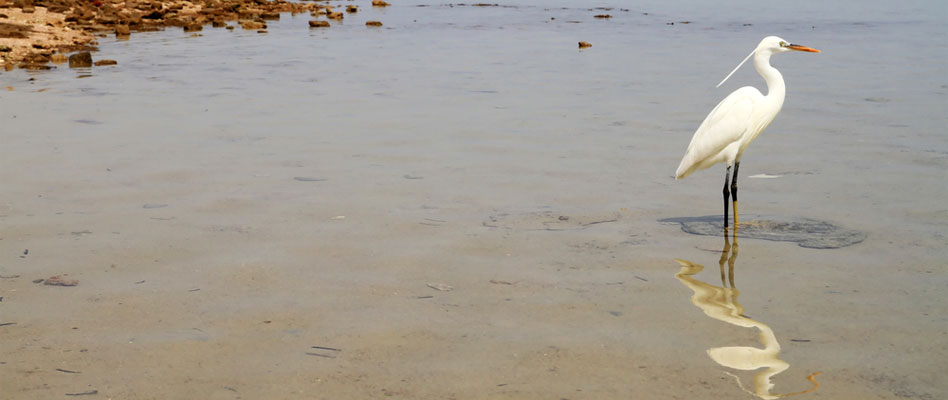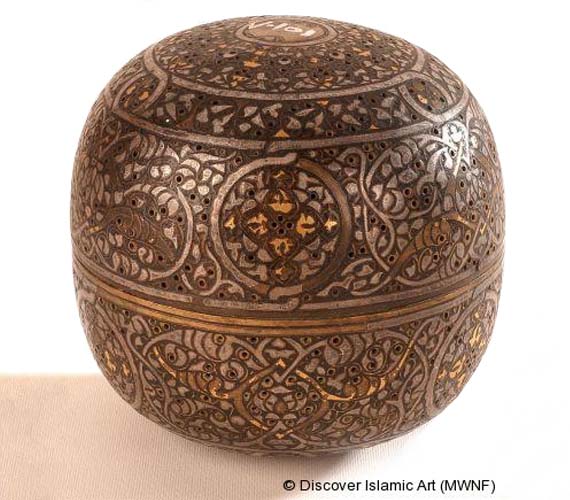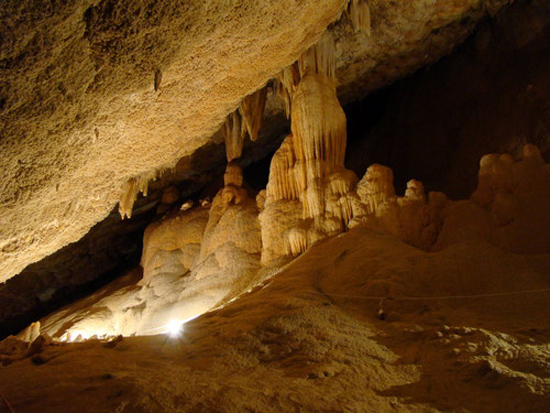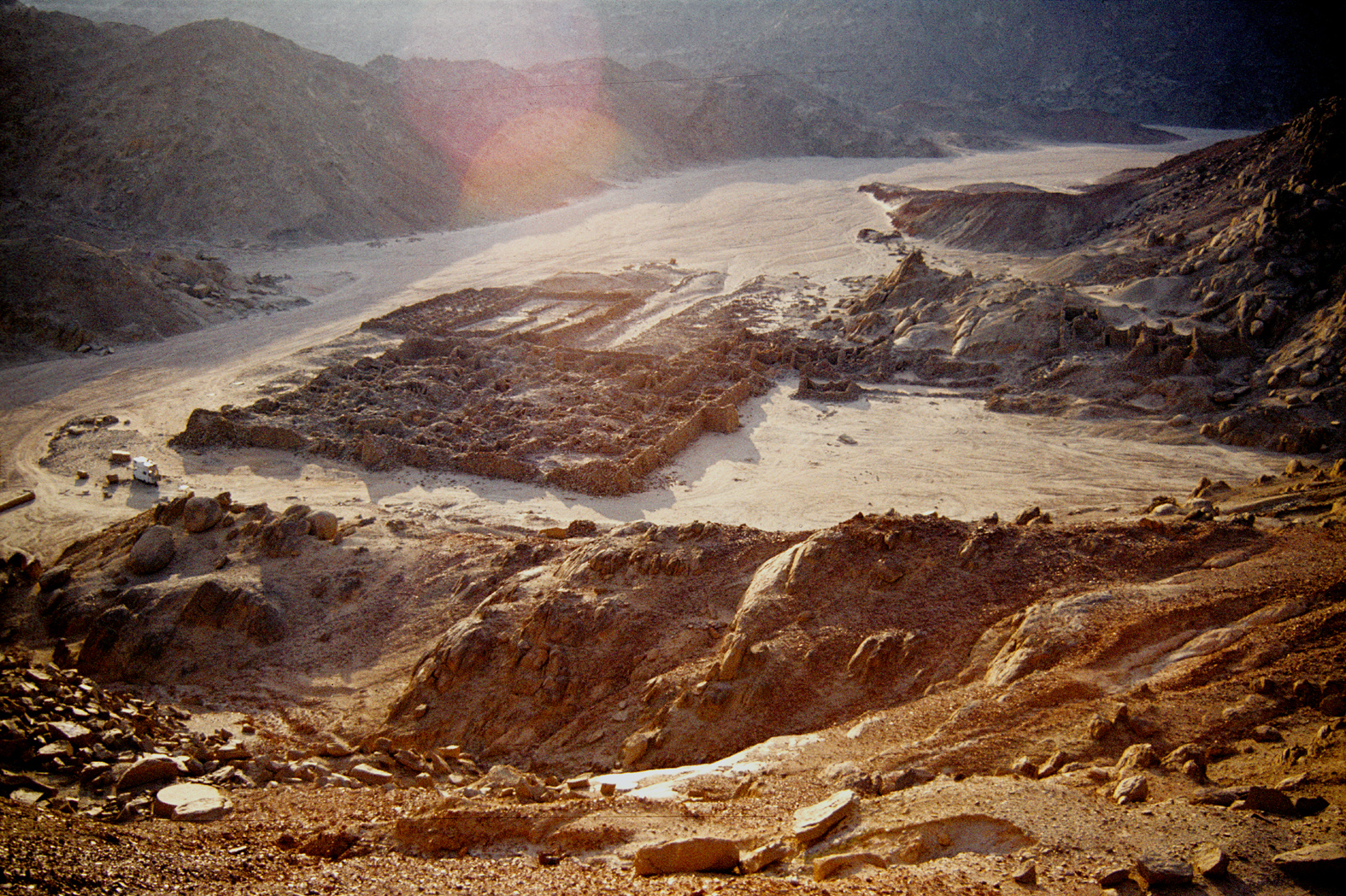By Islam El Shazly and Susan Ryan
Most tourists have a very limited time when vacationing, there’s the time wasted in the travelling itself, and the fact that most people barely get two or three weeks vacation at the most from their work. So they don’t have much of a choice when coming to Egypt, they’re usually stuck with the same uncreative itinerary as most everyone else, and that can lead to an unsatisfactory experience. Or so they are led to believe.
There’s always a choice, and with a little bit of planning and creativity you can have a wondrous vacation that will keep you coming back for more.
For example going to a beach town in Sinai doesn’t necessarily mean you have to stick to the routine of diving all day and partying all night like in Sharm Al-Sheikh, you can always opt for the relaxing spa-like atmosphere of Dahab as our contributor Susan Ryan points out.
Or maybe couple some eco-tourism with some cultural and historical off-the-beaten path experiences. Whatever the case maybe, insha’Allah you’ll be in for a treat.
This is the first of many to come collaborations with our friend writer and photographer Susan Ryan of Mindseye Writing and Photography, she will be briefing us on life and the many activities that can be done in Siwa, Nuweiba, Dahab, and Sharm Al-Sheikh.
16. Chilling in Dahab, South Sinai
Dahab, Gold in Arabic, is a small seaside town just one hour drive from the popular Sharm Al-Sheikh resort town, and a very different experience to Sharm and its night life. It’s much more relaxed and laid back.
Some Dahab hotels offer wellbeing activities such as yoga, meditation by the sea or in the desert, and even circus skills training for children, in addition to the usual delights of lazy beachside dining and wandering the main street of bazaars and sea front cafés.
Tip: Lazying all day at the beach can leave you a lobster! Don’t forget the sunscreen.
17. Birdwatching in Lake Burullus Protectorate, Kafr ash-Sheikh

Reef Heron, Lake Burullus. Courtesy of Egypt Tourism Authority.
Located in the Nile Delta in Kafr ash-Sheikh east of Rosetta, Lake Burullus is a protected area that requires special permits to visit. The surrounding marches make it an ideal spot to spot Wigeons, Shovellers, Boots, Whiskered Terns and Pochards during the winter. It’s also the second largest natural lagoon in Egypt at 460 square kilometres.
The lake is considered a wetlands site of International importance for birds under the Ramsar Convention as it provides important wintering, staging and breeding habitat for birds.
Tip: The lake is home to around 112 species of birds, so don’t forget your binoculars, your camera, and your bird guide.
18. Museum of Islamic Art, Cairo

8th century AH/ 14th century CE, Mamluk era Incense burner.
Copper inlaid with gold and silver. Museum of Islamic Art, Cairo. Courtesy of Discover Islamic Art (MWNF).
After 8 long years of renovation and restoration—and a US$10 million bill—the Museum of Islamic Art opened it’s doors to the public in August 2010. It is the largest of its kind in the world. The museum was designed by Alfonso Manescalo, and was completed in 1903 in neo-Mamluk style.
The museum is treasure trove containing 25 galleries with around 2,500 pieces on display; but it is also home to about 103,000 more in storage ranging from arms & armouries to carpets, coins & medals, ceramics , glassware, jewellery, manuscripts, measures & weights, metal-works, stone & marble carvings, textiles, and woodwork.
Among it’s prised positions on display is a gold-inlaid key to the Ka’ba, a gift from Al-Ashraf Zein al-Din Abu al-Ma’ali ibn Sha’ban II to the Ka’ba. It is decorated with verses from the Qur’an, ornamentation and inscriptions. A kiswa (covering) for the Ka’ba was sent with the key every year in the Hajj (pilgrimage) season. It dates back to 756 AH/1363 CE.
Address: Bab El-Khalq Square, Cairo, Egypt Tel.: +20 2 2390 993019. Wadi Sannur Cave Protectorate, Bani Sueif

Stalactites meet stalagmites inside Sannur Cave. By OndřejKučera, on Panoramio.
Sannur Cave was discovered in the 1980s after blasting in a quarry created an entrance and it has only one chamber that is 700 metres long and 15 metres in diameter. It is a limestone cave overlaid with alabaster created by thermal springs with unique geology and beautiful formations that led to its designation a “geological protected area and national heritage” in 1992. The size of the protectorate including the cave is a 12km2 valley surrounding the cave.
Tip: The cave is in the desert 10km east of Bani Sueif so pack water, a hat, and sunscreen. Make sure to keep an eye on the kids.
20. Mons Claudianus, Eastern Desert

View from north-east to the camp, Mons Claudianus, Eastern Desert, Egypt. By Chriusha, Wikimedia Commons.
Mons Claudianus was a Roman quarry in the heart of the Eastern Desert in the Red Sea Mountains. It consisted of a garrison, a quarrying site and civilian and workers quarters. It lies midway between Qena and the Hurghada and the Red Sea coast.
For 200 years it was excavated by the Romans for Granodiorite and the glory of Rome, and according to archaeological findings on site, the lifestyle of the residents was quite luxurious, and the skilled workers made almost double what their peers made working further north and around the Nile.
The site itself is has little left in it, aside from the Mother of all Columns that was left where it fell, some houses and the defensive wall that surrounded the colony, but the area is breathtaking and you are hugged by the Red Sea Mountains on all sides. The possibilities are endless.
Tip: It’s that pesky desert again with all the sun there is so don’t forget to pack plenty of water and a hat. The location is pretty remote so you might want to include it with another close by imperial quarry “Mons Porphyrites,” the world’s only known source of purple porphyry.
——————————————————————————————
Susan Ryan is an Australian born writer and photographer.
“I first visited Egypt in 1993 and I fell in love with this extraordinary place and its people during repeated visits. In November 2010, I moved to live in Siwa Oasis on the far west of the Sahara. In January 2012, I moved to Sinai and the Red Sea, on the other side of Egypt. I continue my work as a writer about architecture, design, travel, culinary explorations and cultural exchange. You can see more of my writing and photographs at Mind’s Eye Writing and Photography and my just born blog on Egyptian food Delicious Egypt.”
Susan also publishes a blog dedicated to Siwa, Sinai and the desert “Siwa Soul” and has an official page for Mind’s Eye Writing and Photography on Facebook.
Tags: Birdwatching, Burullus, Cairo, Dahab, Eastern Desert, Featured, Islamic Art, Mindseye, Mons Claudianus, Sannur Cave, Sinai








